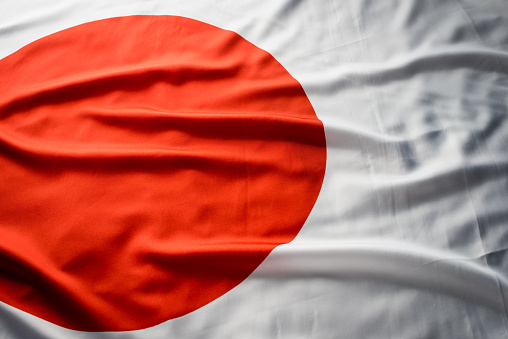USD/JPY has posted gains in the Thursday session, erasing the losses from Wednesday. In North American trade, the pair is trading at 113.39, up 0.58% on the day. In the U.S, Final GDP in Q2 matched the estimate, with a gain of 4.2%. Core durable goods orders jumped 4.5%, crushing the estimate of 1.9%. However, durable goods orders came in at 0.1%, missing the forecast of 0.4%. Unemployment claims climbed to 214 thousand, above the estimate of 208 thousand. Japan will release key consumer numbers. Tokyo Core CPI is expected to post a second straight gain of 0.9%, while retail sales is forecast at 2.2%. As well, the BoJ publishes its summary of opinions. On Friday, the U.S will publish Personal Spending and UoM Consumer Sentiment.
There were no surprises from the Federal Reserve, which hiked rates for the third time this year, raising the benchmark rate by a quarter-point, to a range of 2 percent to 2.25 percent. The Fed intends to continue gradually raising rates, with another rate hike expected in December and three hikes in 2019. What was of more interest to investors was the rate statement, in which the Fed removed the word ‘accommodative’ in the statement, which means that the Fed now considers monetary policy to be neutral. Fed Chair Jerome Powell, in a bid to keep markets calm, stated in a follow-up press conference that removing accommodative language in the statement did not reflect a change in policy. Still, the markets were upbeat after the Fed meeting and the U.S dollar has responded with gains against the Japanese yen on Thursday.
The escalating trade war between U.S and its major trading partners has left the automobile sector particularly vulnerable, as that industry is highly dependent on open, tariff-free borders. On Wednesday, Japan and the U.S agreed to start trade talks, which will keep Japan’s auto sector protected from U.S tariffs, at least for the time being. President Trump has vowed to redress the $69 billion trade surplus that Japan has with the U.S., although Japan has balked at signing a free trade deal with the U.S, as it prefers a multilateral trade agreement.


 Signal2forex.com - Best Forex robots and signals
Signal2forex.com - Best Forex robots and signals




